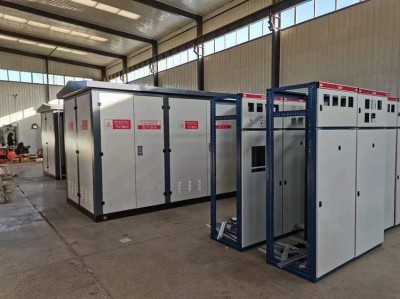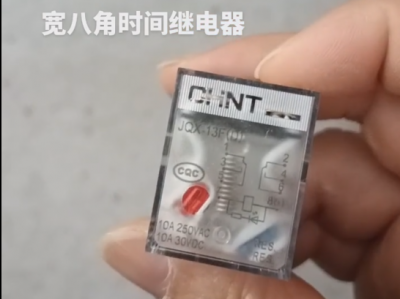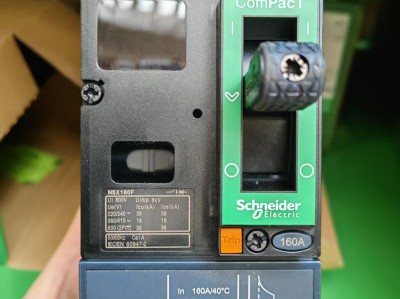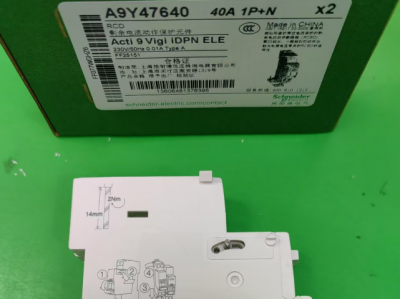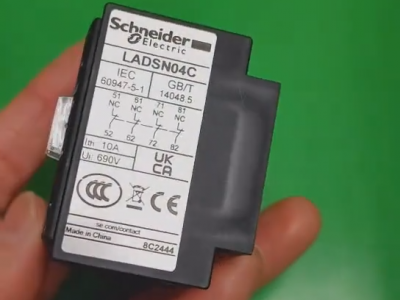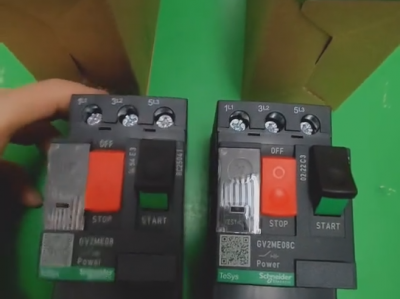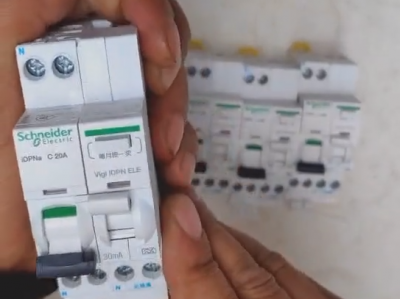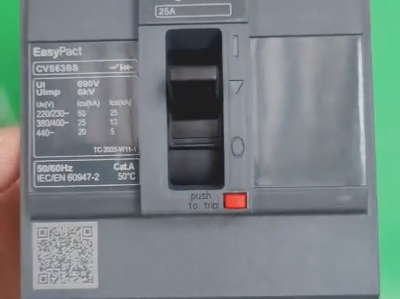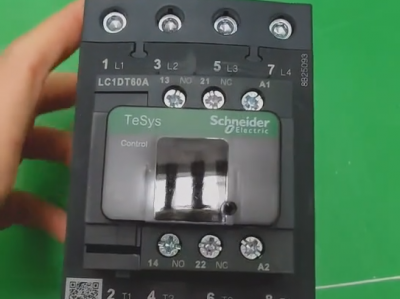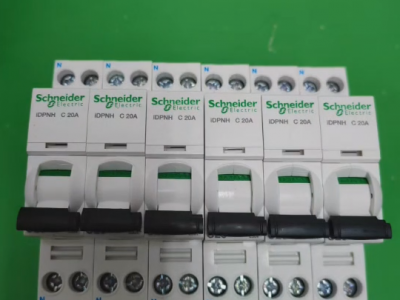ABB frequency converters
Product description
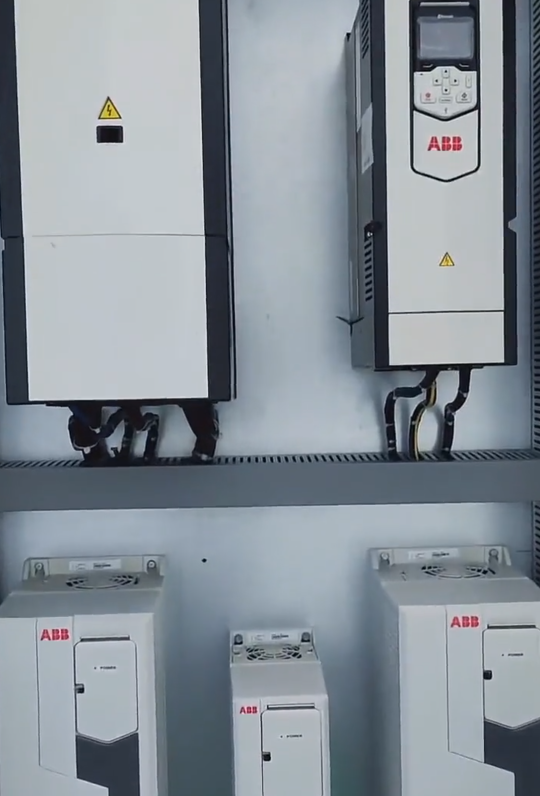
Control cabinets using ABB frequency converters are widely applied in the field of industrial automation, with their core advantages lying in efficient control, energy conservation, consumption reduction, and high reliability. The following is a comprehensive analysis based on the latest technologies and application practices:
I. Core Components and Functions of the Control Cabinet
1. **Core Role of ABB Frequency Converters*
wiring methods and precautions for ABB frequency converters
The control cabinet takes ABB frequency converters (such as the ACS880 and ACS580 series) as the core, integrating electrical components like circuit breakers, contactors, and relays. The frequency converter achieves precise speed control of motors through PID algorithms. For example, in water supply systems, it automatically adjusts the speed of water pumps according to the pipeline pressure, and at the same time supports multi-pump control, optimizes the distribution of operation time, and reduces mechanical wear.
2. **Multiple Protection and Stability Design**
The control cabinet is equipped with protection functions such as overload, overcurrent, and short circuit protection. Meanwhile, it adopts an optoelectronic isolation design to improve electromagnetic compatibility, ensuring stable operation in complex industrial environments. For instance, the ACS880 series frequency converter has a built-in Safe Torque Off (STO) function, which complies with the EN/IEC 61800-5-2 standard and can realize safe shutdown.
3. **Intelligent Control and Integration Capability**
System integration is realized through PLC or automation software (such as Automation Builder 2.8.0), supporting multiple communication protocols like Modbus and Profinet, and can seamlessly connect with Building Management Systems (BMS) or Industrial Internet of Things (IIoT) platforms. For example, in the upgrade of NASA's wind tunnel equipment, ABB frequency converters extended the equipment's service life by more than 10 years through remote monitoring.
II. Key Points for Selection and Design
1. **Matching of Frequency Converter Models**
- **Industrial-grade applications**: The ACS580 series (30~500kW) is suitable for heavy-duty scenarios such as metallurgy and chemical industry, supporting extended cabinet door panels and anti-sway software.
- **General-purpose needs**: The ACS380 series (0.25~22kW) has a built-in EMC filter, which is suitable for mechanical manufacturing and supports permanent magnet motor control and mini PLC functions.
- **Special environments**: HX/HY explosion-proof motors (12kW) and HDS motors (140kW) can meet the needs of hazardous areas or high-dust environments.
2. **Control Cabinet Design Specifications**
- **Heat dissipation and protection**: When using the GGD cabinet type, it is necessary to reserve ventilation space at the top, and the IP54 protection level can prevent dust and water.
- **Layout optimization**: For example, in a 160kW control cabinet, the ACS880 frequency converter, circuit breaker, and relay are installed in layers, and the copper bars at the bottom are grounded to ensure safety.
- **Certification compliance**: The products comply with UL and CE certifications. For example, the ACS510 series has passed UL Type 1/12 certification, making it suitable for the US market.
III. Installation, Commissioning, and Maintenance
1. **Installation Process and Precautions**
- **Environmental inspection**: Ensure the temperature is between -10℃ and +50℃, the humidity is <95%, and it is far from strong electromagnetic interference sources.
- **Wiring specifications**: An RFI filter must be installed on the power supply side. When the length of the motor cable exceeds 100 meters, a du/dt filter must be configured to avoid harmonic interference.
- **Parameter setting**: Perform motor self-learning through the assistant-type control panel ACS-CP-D, and set the U/F curve and overload protection threshold.
2. **Fault Diagnosis and Maintenance**
- **Handling of common problems**: Overcurrent faults can be solved by extending the acceleration and deceleration time, and communication errors need to check the optical fiber connection or reset the software.
- **Preventive maintenance**: Regularly clean the heat sink (such as the overheating problem caused by dust in the NASA case), check the tightness of the terminals, and replace the cooling fan every 5 years.
- **Digital tools**: Use the ABB Ability™ remote monitoring platform to monitor energy consumption in real-time, and the predictive maintenance function can early warn potential faults.
IV. Typical Application Scenarios and Benefits
1. **Industry Application Cases**
- **Water supply system**: The ABB water pump control cabinet realizes full automatic control through liquid level and pressure sensors, saving more than 30% energy in agricultural irrigation.
- **HVAC**: After the InterContinental Hotel in Madrid was renovated with ACH550 frequency converters, it saved 445,000 kWh of electricity annually, and the investment payback period was only 2 years.
- **Industrial manufacturing**: The 160kW control cabinet in the cement plant adopts a power frequency - frequency conversion switching design to ensure that the equipment can still operate when the frequency converter fails.
2. **Energy Saving and Cost Advantages**
- **Energy efficiency data**: The global cumulative energy saving exceeds 100 billion kWh, and the average energy saving in fan and water pump applications is 20-50%.
- **Long-term value**: After the upgrade of NASA's wind tunnel equipment, the availability has been improved, and the life cycle cost has been reduced by 30%.
V. Suggestions for Selection and Procurement
1. **Technical Comparison and Selection Decision**
- **Performance advantages**: The dynamic response time of ABB frequency converters is <5ms, and the overload capacity reaches 180% (Siemens G120 is 160%), which is suitable for high-demand scenarios.
- **Protocol compatibility**: Automation Builder 2.8.0 supports OPC UA and Profinet, facilitating the construction of intelligent factories.2. **Local Support and Services**
- **Certification and compliance**: Choose models that have passed UL certification (such as the ACS510 series) to ensure compliance with US electrical standards.
- **After-sales guarantee**: ABB provides the Motion OneCare service agreement, including spare parts support and software upgrades, such as the customized maintenance plan provided for NASA.
VI. Safety and Compliance with Standards
1. **Electrical Safety Design**
- The grounding resistance of the control cabinet must be <4Ω, and the power supply is automatically cut off when the cabinet door is opened, which complies with the IEC 60204-1 mechanical safety standard.
- Explosion-proof models (such as the HX series) have passed ATEX certification and are suitable for hazardous environments such as petrochemical industry.
2. **Environment and Sustainability**
- The frequency converter adopts lead-free welding technology, complies with the RoHS directive, and the cabinet materials can be recycled.
- The intelligent energy management function helps enterprises achieve carbon neutrality goals, such as a 40% energy saving in the cooling system of a data center.
Summary
ABB frequency converter control cabinets have become the preferred solution for industrial automation due to their advanced control algorithms, high-reliability design, and wide industry adaptability. From the precise regulation of water supply systems to the application in extreme environments of high-end manufacturing, ABB continues to create value for users through technological innovation and full-life cycle services. It is recommended to select the appropriate model according to specific application needs and make full use of ABB's digital tools and local support network to achieve the best performance and return on investment.

